Sex in the Victorian era: slow, sad and rare
Categories: Culture | Europe | Health and Medicine | History | World
By Pictolic https://pictolic.com/article/sex-in-the-victorian-era-slow-sad-and-rare.htmlThe long reign of Queen Victoria, who ruled Great Britain from 1832 to 1901, was very controversial in terms of sexuality. Along with a lot of prohibitions and restrictions, such as kissing on the lips between spouses, child prostitution and pornography flourished in the country. How did hypocrisy and debauchery get along in the same era?
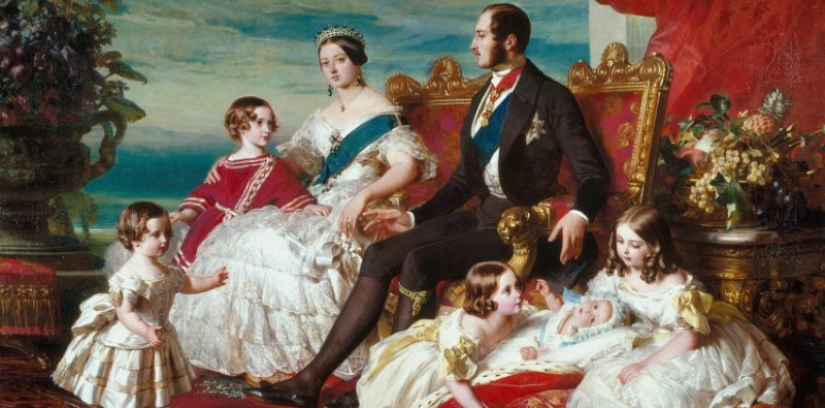
In the Victorian era, it was believed that motherhood was the most important goal of a woman's life in marriage. Any female person was born only for the sake of giving her husband's family an heir. Only this good purpose could justify such an unworthy occupation as sex.
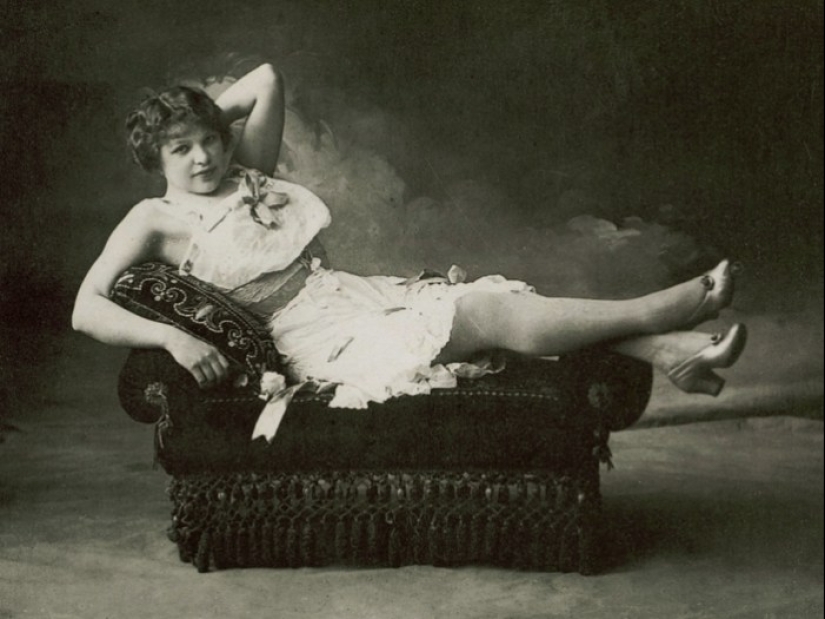
But even when entering into sexual relations with a legitimate spouse, a Victorian lady had to follow many different rules. It was immoral to undress in front of her husband, so special screens were installed in the bedrooms for this purpose. In the book "Sex Tips for Husbands and Wives", written by Ruth Smithers in 1894, women were given the following authoritative advice:
It is difficult to say for sure whether these are real tips or sarcastic female humor today. But the fact that in the XIX century in England dozens of books with advice for women were published is proven. A specialist in the Victorian era, historian Teresa O'Neill says that books with titles like "Divine Marriage or Advice for a Young Wife and Mother" that cut the ear of a modern person were actually published and in demand.
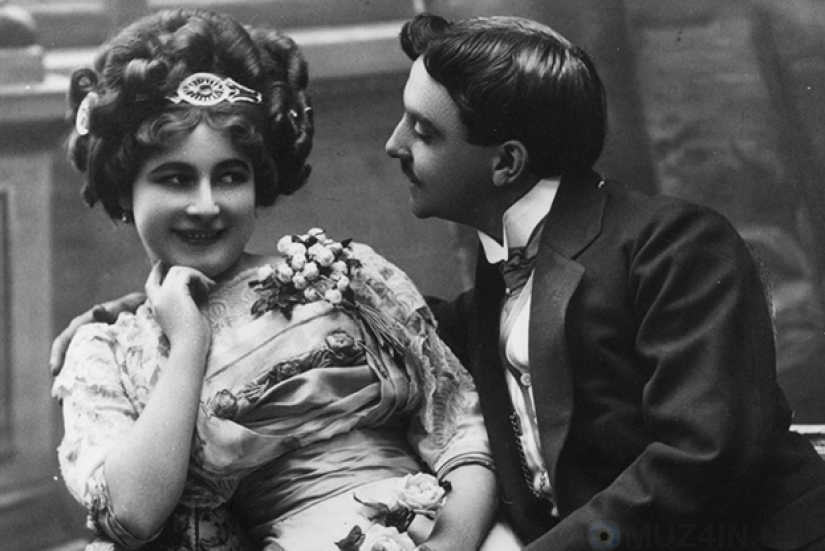
These were a kind of "manuals" for young and not very special people, which told in detail about how intimacy occurs between a man and a woman and how to behave in family life in certain everyday situations.

Arousal, according to the authors of pseudoscientific works, accumulated in the female body in the form of" nervous force " and eventually led to blindness or insanity. The only acceptable position in family sex was missionary, and making love standing or kneeling was strongly condemned. Dr. James Ashton wrote about unacceptable poses as follows:
Given all of the above, we can confidently say that prostitution was strictly prohibited in Victorian England. But it was not there-Albion has never known such a flourishing of corrupt love as in the XIX and the beginning of the XX century.
No one will name the exact number of prostitutes who worked in London at that time. The opinions of historians differ and you can hear the figure of both 8000 and 80,000. Of course, very few women went to the most ancient profession by vocation. The most common reason for prostitution was poverty. The situation is perfectly described in the novels of Charles Dickens "The Adventures of Oliver Twist" and "David Copperfield".
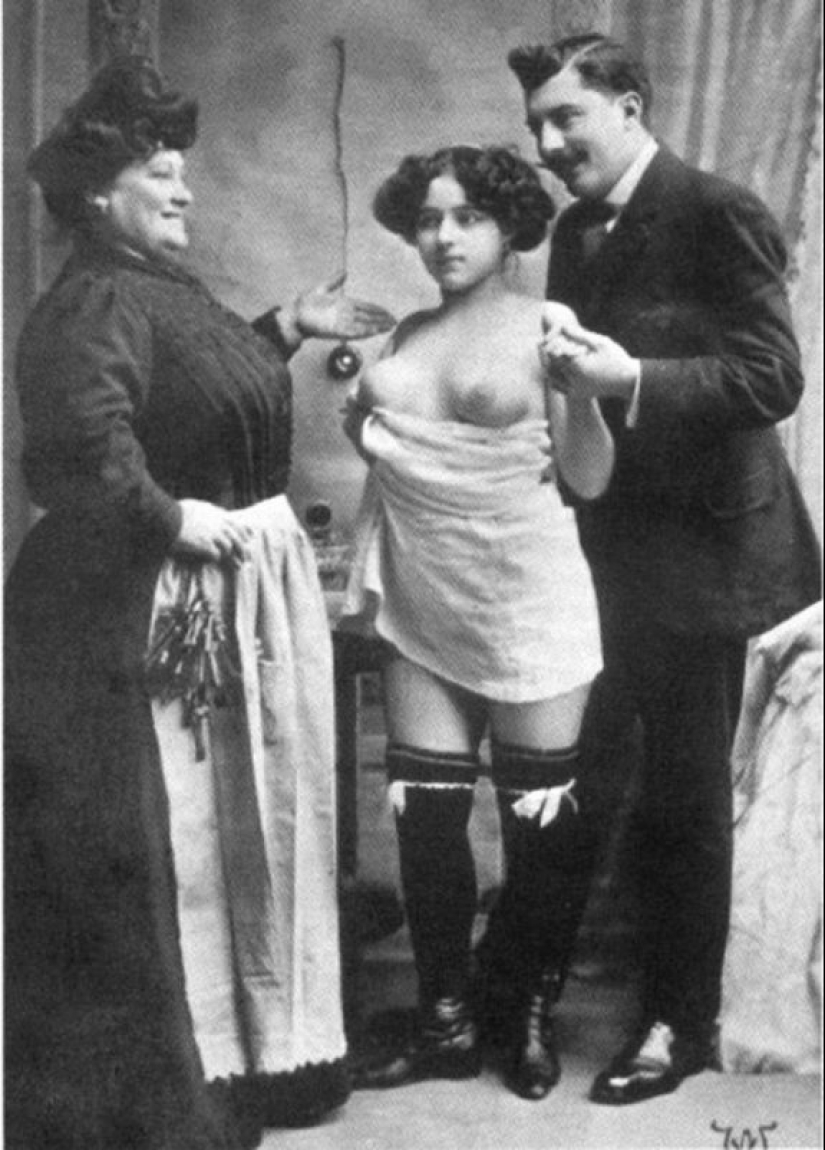
Usually the prostitutes of the Victorian era were young. The average age of girls in this profession was 18-22 years. But there were also very young ones among them, at the age of 12 and even 10 years. They were orphans or girls from the most impoverished families. Their services were valued higher, but not because of their youth and freshness, but for a more prosaic reason — they were less likely to get a "bad disease"from them.
Some women led double lives. During the day they worked in a factory, and in the evening they offered themselves to men for money. They worked in the cities of the kingdom and brothels. One of the officials of London, who was engaged in statistics, at the turn of the XIX and XX centuries, reported that in four metropolitan districts out of 12,900 houses, 510 were occupied by brothels.
It was during the period when women were instructed to avoid sex, even in a legal marriage, that erotic art was born in Britain. Postcards with frivolous images, drawn by hand or in the form of photographs, were sold wherever possible. The plots of pornographic postcards could be so shameless that even modern porn site lovers would blush at the sight of them.
The main character in erotic art was a woman. In contrast to the public consciousness, in which they were faithful wives and mothers, on postcards and in tabloid novels, the ladies were presented as prostitutes, skilled debauchees and shameless seductresses. At the same time, men were almost always portrayed as victims of ladies ' lust and erotic charms.
Another strange contradiction of that time was in the attitude to same-sex love. Homosexuality was considered a crime, but in 1861 the death penalty was abolished for it. The last real sentence carried out was the hanging of James Pratt and John Smith, which took place back in 1835.
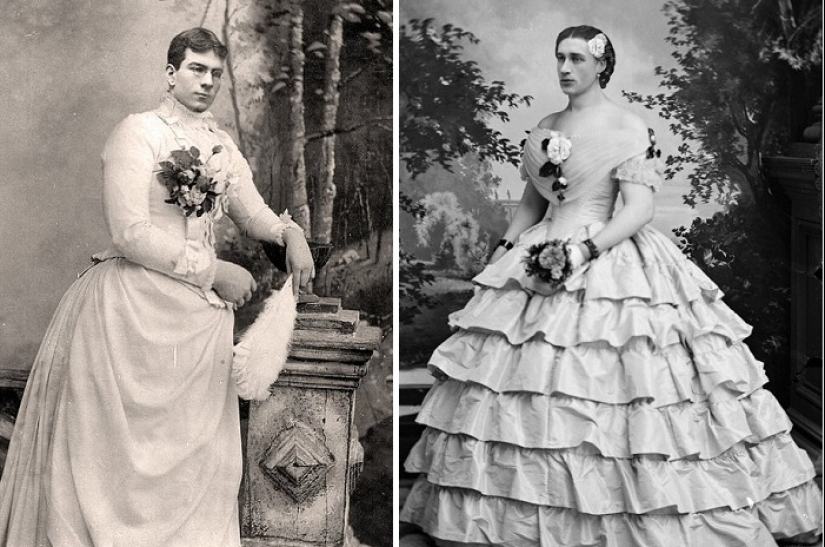
At the same time, or rather in 1864, the famous artist Simeon Solomon painted the picture "Sappho and Erina in the garden of Methylene", which depicted two women kissing. The artist served a year and a half in prison for his love for men and after his release was punished by the contempt of relatives and friends.

Oscar Wilde, who was imprisoned for homosexuality, became a victim of political intrigue rather than homophobia. If the writer had not got involved in an ugly scandal with famous people, he would hardly have been persecuted for non-traditional sexual orientation.
Strange as it may seem, but it was in the XIX century that the first vibrators appeared. Women of the Victorian era often suffered from the so-called "hysteria", the symptoms of which were extreme irritability, chronic anxiety and heaviness in the stomach.
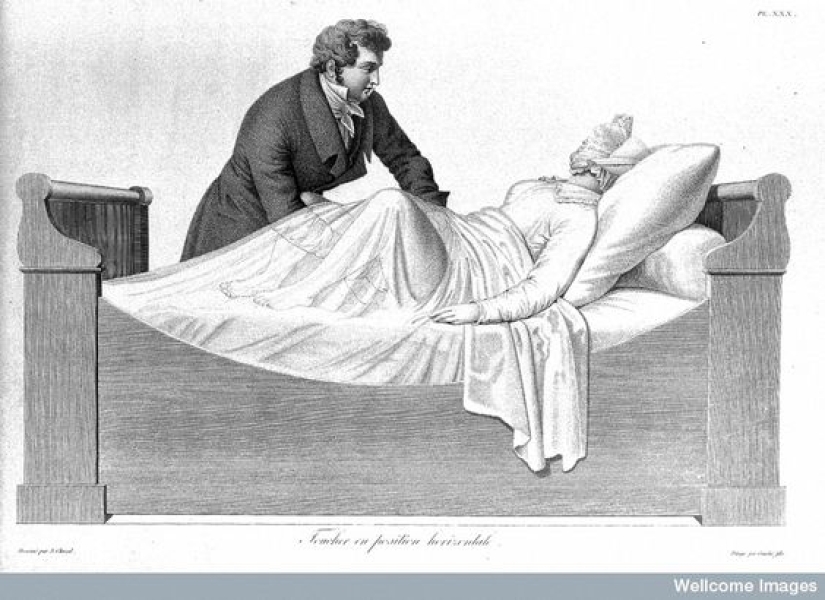
The most effective way to combat this common ailment was "genital massage", which was done by doctors. The main indicator of the effectiveness of the procedure was the achievement of "hysterical paroxysm" — that was what the female orgasm was called at that difficult time.
No one associated this phenomenon with pleasure, and the healers found the massage sessions themselves physically difficult and mentally exhausting. It is thanks to this that the first vibrators appeared, which at first were purely medical equipment, and then went on free sale.
In the work of the medical historian Leslie Hall, it is said that in the XIX century, too little attention was paid to the clitoris when training doctors, so very few doctors could confidently find it. Despite this, by the middle of the century, the clitoris was accused of sexual promiscuity of women.
The clitoris was recognized as a harmful and even dangerous organ, which greatly increased the risk of hysteria and mental illness. To protect women from such misfortunes, in the 60s of the XIX century, Dr. Isaac Baker Brown proposed to remove the clitoris.

Before that, treatment was limited to the use of leeches, cold baths and strict diets. The solution of the problem in one fell swoop was perceived by the medical society with enthusiasm and "humane and effective" treatment began to be used quite often.
The Victorian era is an amazing time that attracts writers, artists and filmmakers for a reason. The appeal of this era is in its inconsistency, duality, strangeness, which can not always be explained from the point of view of the logic of modern man.
Keywords: United Kingdom | Vibrator | Victorian era | Doctors | Medicine | Orgasm | Sexual intercourse | Family
Post News ArticleRecent articles

The blue whale, or bluewalker, is the largest animal currently living on earth. Some individuals reach a length of 33 meters and ...

In modern cinema, there is nowhere without special effects. We present you fantastic examples of superimposing special effects from ...
Related articles

In the Victorian era Britain was quickly urbanized. By 1851 it became the first country lived in cities of more people than in the ...

Some cities and the architecture there can make your jaw drop because of how impressive they look. But some others… Well, let's ...

What did the petty criminals of the XIX century look like? We offer you a look at the faces of English prisoners held in a penal ...

Even mathematical geniuses are not strangers to simple human joys. They also want to dress beautifully, drive expensive cars and ...